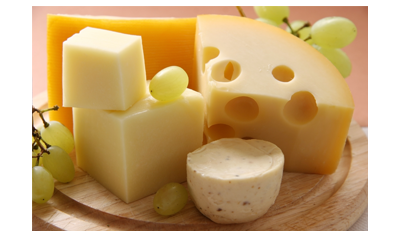Certification of food manufacturers according to the requirements of ISO 22000:2005 (ex HACCP) constitutes a legislative but also essential obligation of every food manufacturer regardless of being a factory or a catering company. Self control of critical points is a tool to ensure compliance of the final products with legislative and company specifications..

In this context, certain physicochemical but also microbiological analyses are performed in order to ensure that end products but also raw and auxiliary materials are within specification limits.
ANALYSIS Lab can be a trustworthy partner in this field. We collaborate closely with our clients in order to offer a tailor made solution in any kind of quality problem (whether it is of a microbiological or of a physicochemical nature) that may arise in the production process. Our extensive experience in combination with the utilization of the latest scientific data can guarantee optimum outcome.
We can also suggest a sampling plan based on the volume of production, according to the latest scientific and statistical quality control methods. In this way, a combination of cost reduction of the required analyses with the maximum effectiveness in the prevention of potential quality problems is achieved.
Indicatively the following analyses are mentioned:
Water
Water microbiological analysis:
- Total Plate Count at 22 and 37 ° CoC
- Total coliforms/ E. colioC
- Enterococci
- Sulfite reducing clostridia
- Pseudomonas aeruginosa
Water physicochemical analyses:
pH, conductivity, total hardness, Free chlorine, Total Dissolved Solids (TDS), Chlorides, Nitrates, Nitrites, Ammonium, Iron, Calcium, Magnesium, Potassium, Sodium, etc.
Determination of heavy metals and toxic substances:
Lead (Pb), Cadmium (Cd), Arsenic (As), Mercury (Hg), Chromium (Cr), Cobalt (Co), Cyanide (Cn) etc.
Food and drinks
Microbiological analyses:
- Detection of Salmonella spp.
- LDetection/enumeration of Listeria Monocytogenes
- Enterobacteriaceae
- Coliforms
- E coli
- S. Aureus
- Enterococci
- Sulfite reducing clostridia
- Baccilus spp.
- Pseudomonas

Physicochemical analyses:
- Humidity
- Fat content
- Protein content
- Salt
- Mycotoxins
- Histamine
Determination of heavy metals:
- Adulteration measurement
- Vitamins
- Pesticides
- Nutritional labeling
Waste treatment residues:
pH, conductivity, Disolved Oxygen, COD, BOD, Total Suspended Solids (TSS).



